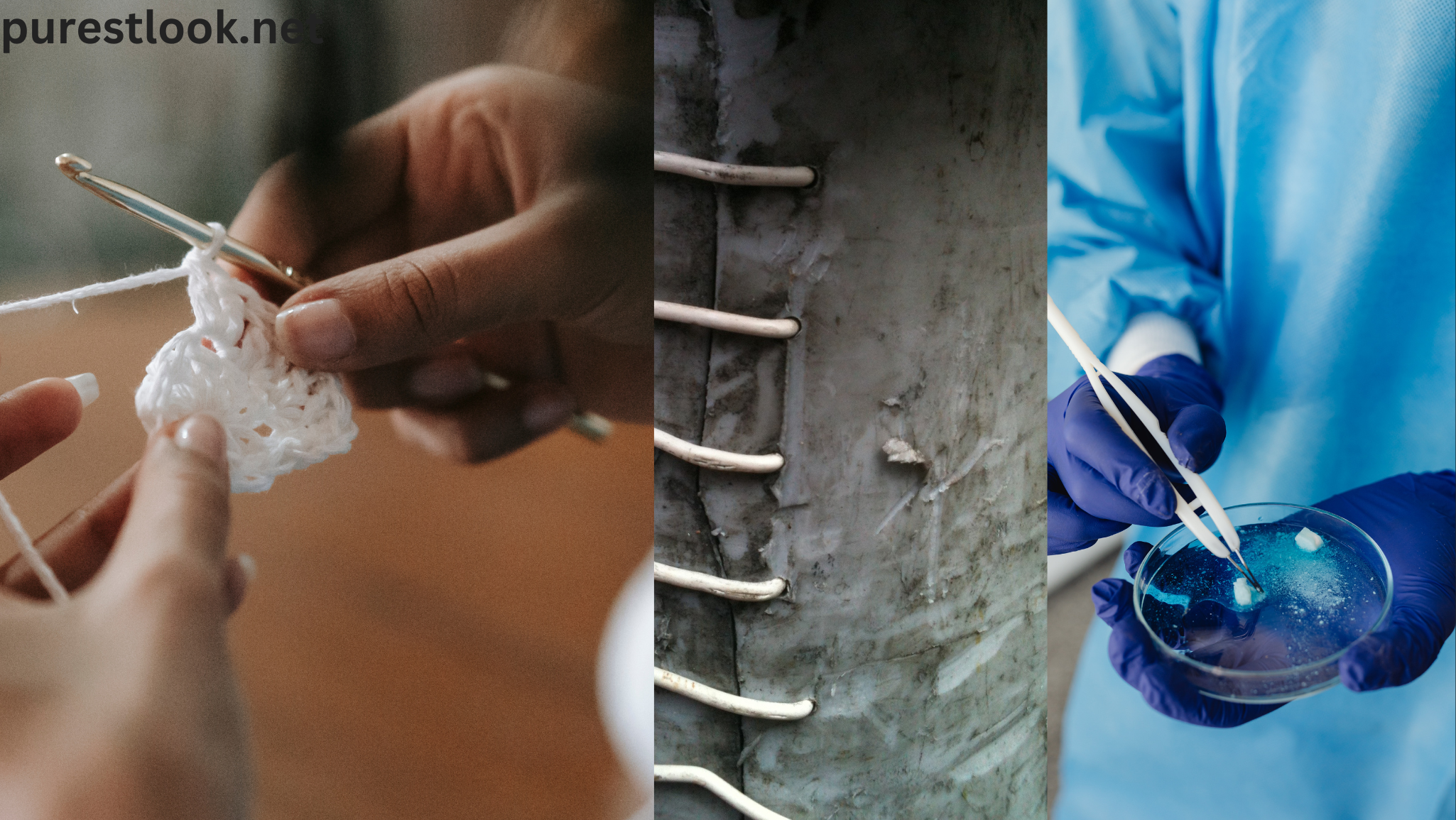Dissolvable stitches, also known as absorbable sutures, are designed to break down naturally in the body over time. They eliminate the need for removal, making them a popular choice after surgeries or certain injuries. Understanding what dissolvable stitches look like can help you track the healing process and know when to seek medical attention if needed.
Appearance of Dissolvable Stitches
Dissolvable stitches can vary in appearance depending on the type of material used and the location of the wound. They may be clear, white, or slightly colored (like purple or blue) for visibility during surgery. They are often finer and softer than non-dissolvable stitches.
Common Features of Dissolvable Stitches
| Feature | Description |
|---|---|
| Color | Clear, white, or light purple |
| Texture | Soft, flexible, sometimes slippery |
| Thickness | Thin, hair-like or slightly thicker |
| Material | Synthetic (like polyglycolic acid) or natural (catgut) |
How They Look Under the Skin
When used under the skin (subcutaneous stitches), they may not be visible. You might only see a faint line or small bumps where the stitches are tied. Sometimes, tiny knots may appear just beneath the skin’s surface.
How Do Dissolvable Stitches Work?
Dissolvable stitches are made from materials that the body can absorb. Over time, your body breaks down the stitches using natural enzymes or through hydrolysis. The process can take a few days to several months, depending on the type of suture.
Factors Affecting Dissolution Time
| Type of Suture | Absorption Time | Common Use |
|---|---|---|
| Fast-absorbing sutures | 7-10 days | Minor skin wounds |
| Standard sutures | 4-8 weeks | Internal tissues, surgeries |
| Slow-absorbing sutures | 3-6 months | Deep tissues, orthopedic use |
Differences Between Dissolvable and Non-Dissolvable Stitches
Understanding the difference can help you identify what type of stitches you have:
| Feature | Dissolvable Stitches | Non-Dissolvable Stitches |
|---|---|---|
| Removal | No removal needed | Must be removed by a doctor |
| Material | Absorbable materials | Nylon, silk, or polypropylene |
| Appearance Over Time | Disappears gradually | Stays visible until removed |
| Common Use | Internal wounds, surgery | External skin closures |
How to Care for Dissolvable Stitches
Proper care helps prevent infections and ensures smooth healing:
- Keep the area clean and dry: Follow your doctor’s advice.
- Avoid pulling or scratching: Even if they itch during healing.
- Watch for signs of infection: Redness, swelling, or pus.
- Follow up with your doctor: Attend all follow-up appointments.
When to Worry About Dissolvable Stitches
Seek medical advice if you notice:
- Red streaks spreading from the wound
- Increased pain, swelling, or pus
- Fever or chills
- Stitches not dissolving after the expected time
FAQs About Dissolvable Stitches
How long do dissolvable stitches take to dissolve?
It can take anywhere from a few days to several months, depending on the suture type and location.
Can I get dissolvable stitches wet?
Follow your doctor’s advice. Some can be kept dry for the first 24-48 hours, while others are water-resistant.
What if a dissolvable stitch sticks out?
Do not pull it. Contact your doctor for advice. Sometimes, small pieces that don’t dissolve naturally can be trimmed in a follow-up appointment.
Do dissolvable stitches hurt when dissolving?
No, you shouldn’t feel pain as they dissolve. Some mild itching or tightness can occur, which is normal.
What happens if dissolvable stitches don’t dissolve?
If stitches remain after the expected time, see your doctor. They may remove any leftover material if needed.
Conclusion
Dissolvable stitches are designed for convenience and safe healing without the need for removal. They can appear clear, white, or slightly colored and will gradually break down on their own. Proper care and attention to signs of infection are important for recovery. If you have concerns about how your stitches look or feel, it’s always best to consult your healthcare provider.
